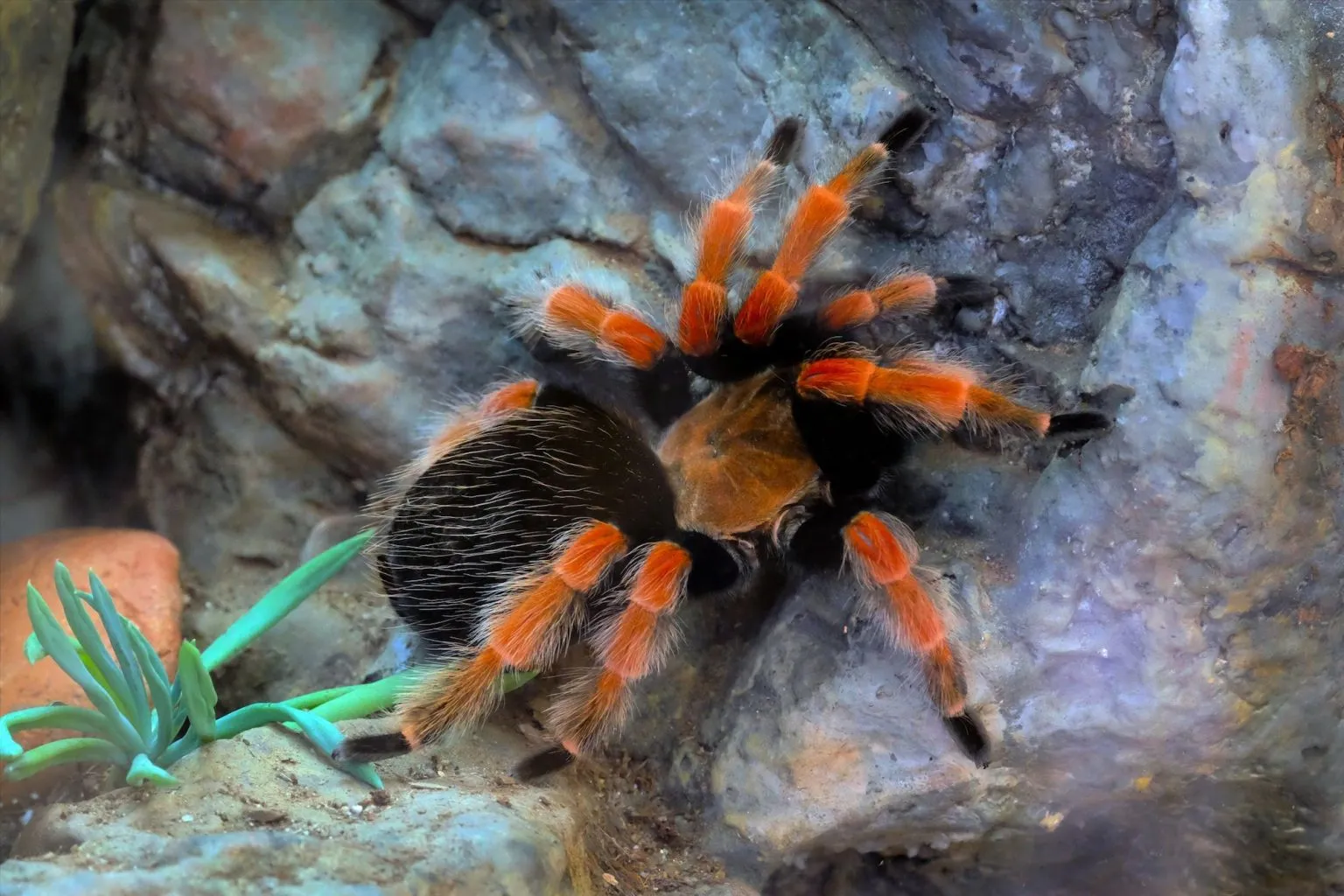Understanding Tarantula Species Chilean Rose vs Mexican Red Knee
Choosing a pet tarantula can be an exciting venture, but with so many species available, the decision can be daunting. Two popular choices among beginners and experienced keepers alike are the Chilean Rose Tarantula (Grammostola rosea) and the Mexican Red Knee Tarantula (Brachypelma hamorii). Both are known for their relatively docile temperaments and striking appearances, making them attractive options. This guide provides a detailed comparison to help you determine which tarantula best suits your needs and experience level. We will delve into their origins, habitats, physical characteristics, temperaments, care requirements, and pros and cons, giving you a comprehensive understanding to make an informed choice.
Origin and Habitat
Understanding the natural habitat of a tarantula is crucial for providing proper care. Replicating their native environment ensures they thrive in captivity. Both the Chilean Rose and Mexican Red Knee tarantulas have distinct origins, influencing their specific needs. Knowing where they come from provides invaluable insights into their preferred living conditions.
Chilean Rose Tarantula Habitat
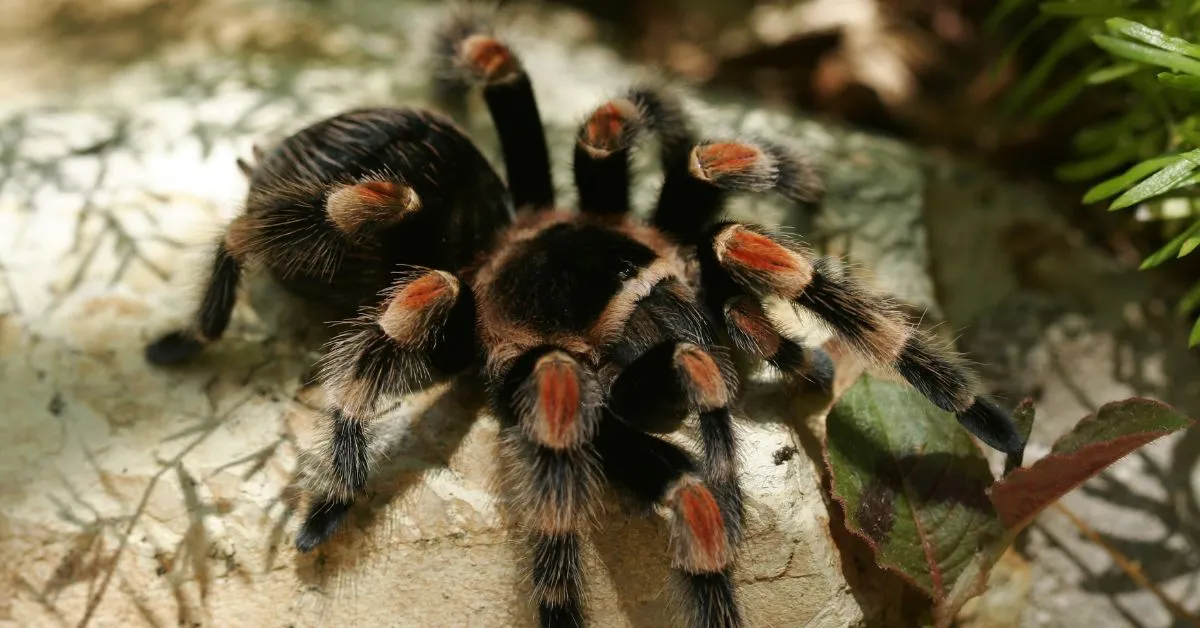
The Chilean Rose Tarantula hails from the arid regions of Chile, Bolivia, and Argentina. In the wild, they are commonly found in grasslands and scrublands. These tarantulas are terrestrial, meaning they spend most of their time on the ground. They burrow under rocks, in the soil, or amongst sparse vegetation to create their burrows. The climate in their natural habitat is relatively dry, with moderate temperatures. Understanding their preference for dry conditions is key to providing appropriate humidity levels in captivity.
Mexican Red Knee Tarantula Habitat
The Mexican Red Knee Tarantula is native to the Pacific coast of Mexico. They inhabit tropical deciduous forests, burrows in the ground or under rocks. These tarantulas prefer a warmer climate and often experience distinct wet and dry seasons. Their natural habitat is characterized by a moderate humidity level, which must be considered when replicating their environment in a captive setting. Their habitat provides them with protection from predators and a stable climate.
Appearance and Characteristics
The visual characteristics are some of the first things that attract people to tarantulas. Both the Chilean Rose and Mexican Red Knee Tarantulas have unique appearances. These differences will help you identify and appreciate each species. Physical attributes also influence their behavior and care requirements.
Chilean Rose Tarantula Appearance
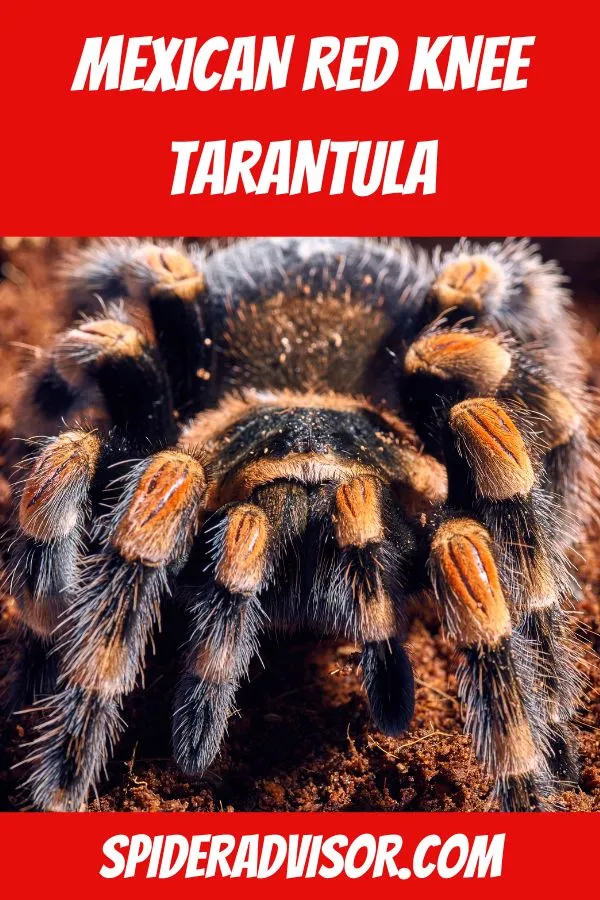
The Chilean Rose Tarantula is known for its understated elegance. They typically display a tan or brownish coloration, with a subtle, rosy hue that gives them their name. Their bodies are covered in fine hairs, and their leg spans can reach up to 5-6 inches. They are generally less vividly colored than the Mexican Red Knee, but they still possess a striking beauty that many find appealing. Their coloration helps them blend into their dry, earthy environment.
Mexican Red Knee Tarantula Appearance
The Mexican Red Knee Tarantula is a true spectacle, renowned for its vibrant colors. They are characterized by a black body and striking red or orange bands on their legs. This bold coloration serves as a warning signal to potential predators. Their leg spans can reach up to 5-6 inches, similar to the Chilean Rose. The contrast of black and red makes them a favorite among tarantula enthusiasts. These bright colors helps them to attract mates.
Temperament and Handling
Temperament is a critical factor when choosing a tarantula, particularly if you are a beginner or plan to handle your pet. The degree of docility varies between species, and understanding their behavioral traits is essential. Handling tarantulas can be stressful for them and poses risks to the keeper. Therefore, assessing their temperament helps ensure both the safety and well-being of the tarantula and the handler.
Chilean Rose Tarantula Temperament
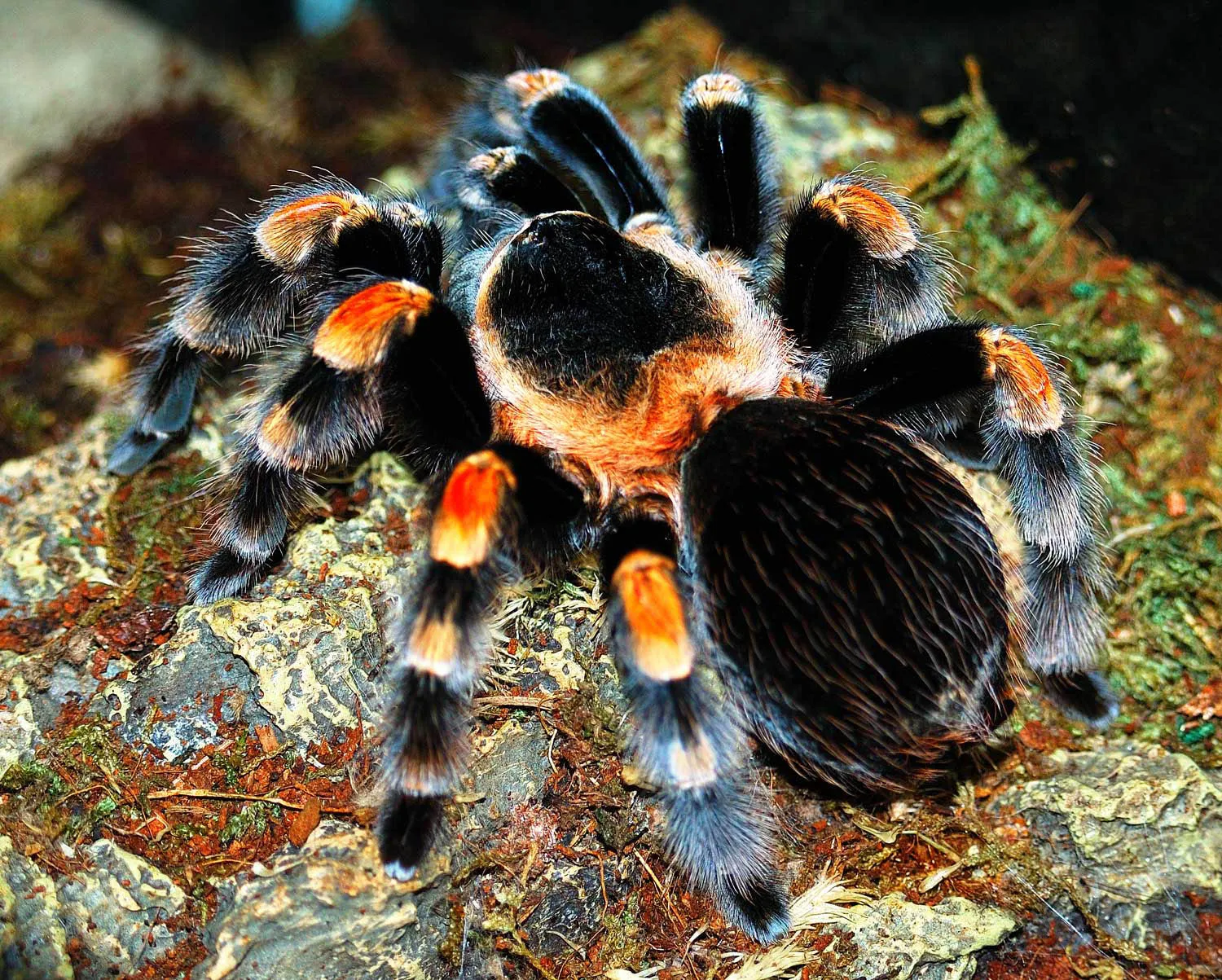
Chilean Rose Tarantulas are generally known for their docile nature. They are typically considered a good choice for beginners because they are less likely to bite or display aggressive behaviors. However, individual personalities vary, and some may still be skittish or prone to flicking urticating hairs (irritating hairs) as a defense mechanism. Handling should be approached with caution and a slow, steady manner to avoid stressing the tarantula.
Mexican Red Knee Tarantula Temperament
Mexican Red Knee Tarantulas are also generally considered docile, but they can be more unpredictable than Chilean Roses. While they are not typically aggressive, they may display defensive behaviors, such as flicking urticating hairs or raising their front legs in a threat posture. These tarantulas are more sensitive to environmental changes and handling. Experienced keepers handle Mexican Red Knees with care. It’s important to approach them gently and avoid any sudden movements.
Care and Maintenance
Proper care is crucial for ensuring the health and longevity of any tarantula. Understanding the specific needs of each species, including enclosure setup, feeding, and environmental conditions, is essential. This involves providing a suitable habitat that mimics their natural environment and meets their physical and behavioral needs. The right setup will minimize stress and promote their overall well-being.
Enclosure Setup
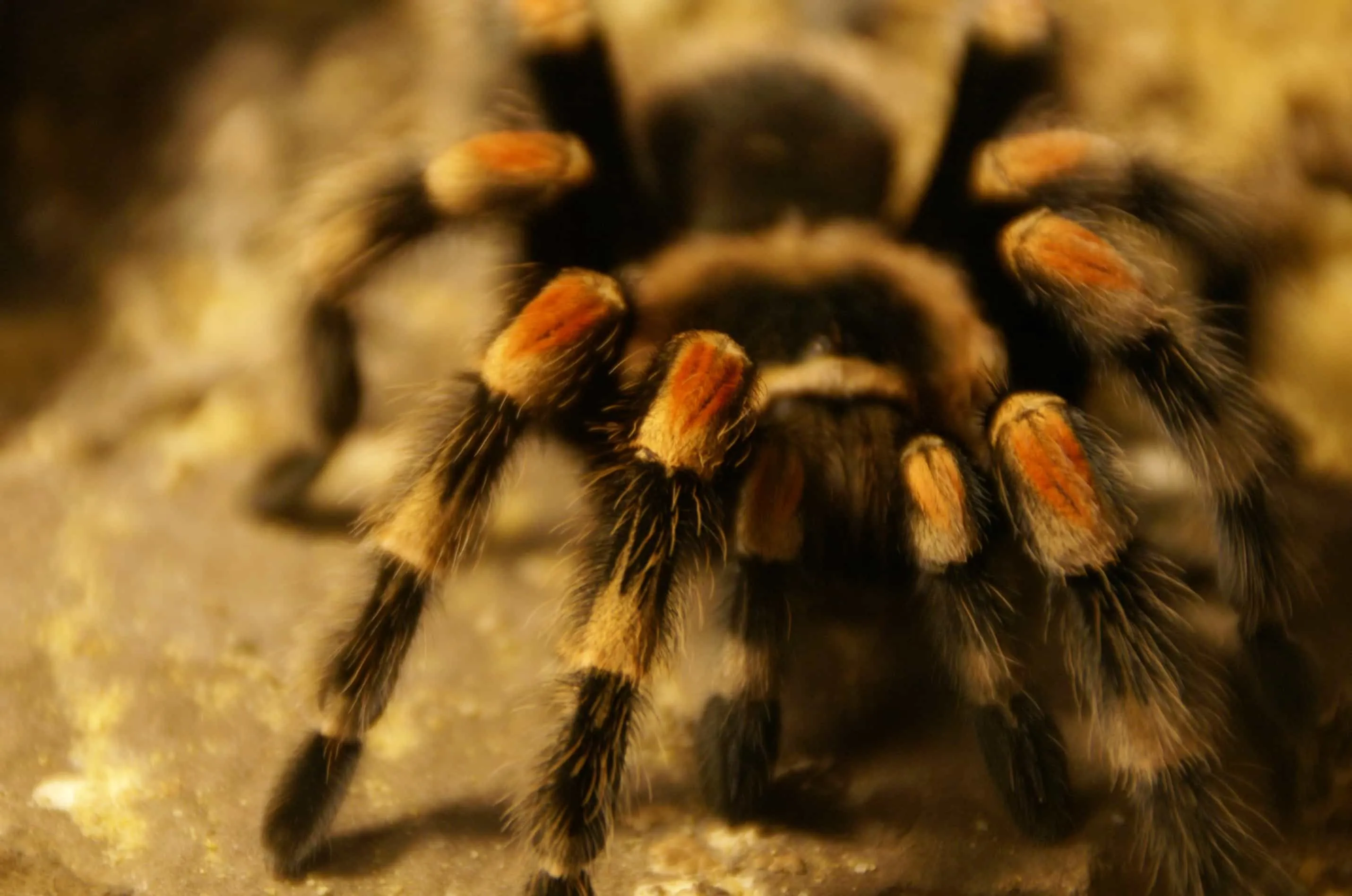
Both Chilean Rose and Mexican Red Knee tarantulas thrive in terrestrial setups. A secure enclosure is essential to prevent escape and provide a safe environment. The size of the enclosure should be appropriate for the tarantula’s size, with a minimum of 3-4 times the leg span in width and length. A substrate of 4-6 inches of peat moss, coco fiber, or a mixture of both, allows for burrowing. Include a hide, such as a piece of cork bark or a half-log, for security. Provide a shallow water dish for drinking. Ventilation is essential to prevent mold growth, but avoid drafts.
Feeding and Diet
Tarantulas are carnivores. They eat a diet consisting primarily of insects. Crickets, mealworms, and roaches are common food sources. Feed your tarantula 1-2 times per week, depending on its size and age. Remove any uneaten food within 24 hours to prevent mold and mites. Always provide fresh water in a shallow dish, and ensure the tarantula has easy access to it. Adjust the feeding schedule depending on the tarantula’s appetite and growth stage. Overfeeding can lead to health issues.
Humidity and Temperature
Maintaining the correct humidity and temperature is crucial for the health of your tarantula. The Chilean Rose requires relatively low humidity, around 60-70%, and a temperature range of 70-80°F (21-27°C). The Mexican Red Knee prefers a slightly higher humidity level, around 65-75%, and the same temperature range. Use a hygrometer and thermometer to monitor the conditions inside the enclosure. Mist the enclosure sparingly for the Mexican Red Knee, ensuring the substrate doesn’t become waterlogged. Ventilation is essential to prevent mold and mildew.
Lifespan and Growth
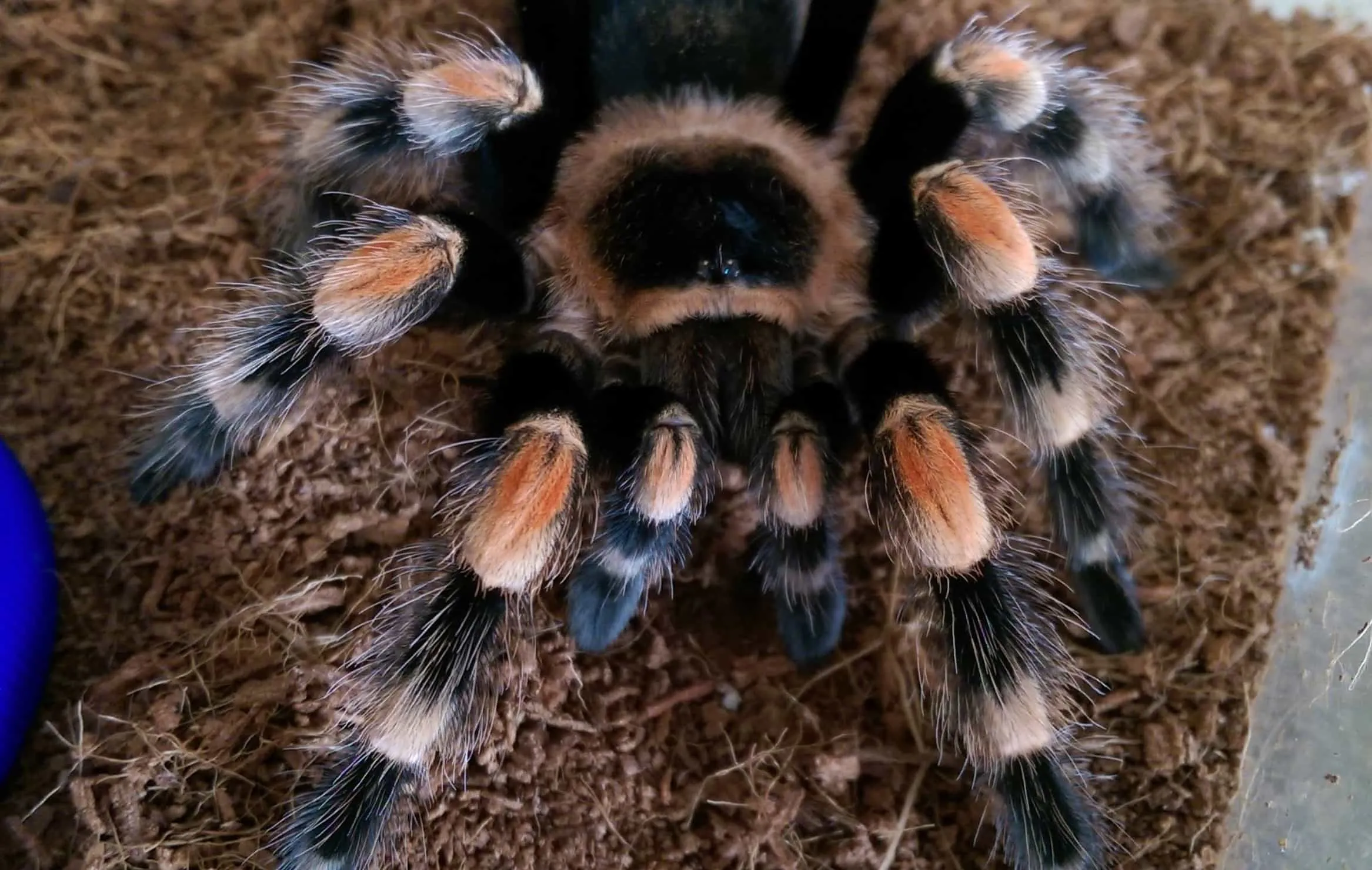
Tarantulas are long-lived pets, and their lifespan varies depending on their species and sex. Understanding the lifespan of each tarantula will help you plan for the long-term commitment of owning them. Growth rates also have implications for care and enclosure needs.
Chilean Rose Tarantula Lifespan
Chilean Rose Tarantulas typically live for 10-20 years. Females tend to live longer than males. This makes them a significant commitment, so be prepared for a long-term pet. Provide optimal care conditions to maximize their lifespan. Be prepared to provide a suitable enclosure and diet throughout their life.
Mexican Red Knee Tarantula Lifespan
Mexican Red Knee Tarantulas also have a long lifespan, often living for 15-25 years. Similar to the Chilean Rose, females live significantly longer than males. Their longevity requires a commitment to their care and well-being over many years. Ensure their enclosure is suitable for their entire lifespan.
Pros and Cons Choosing the Right Tarantula
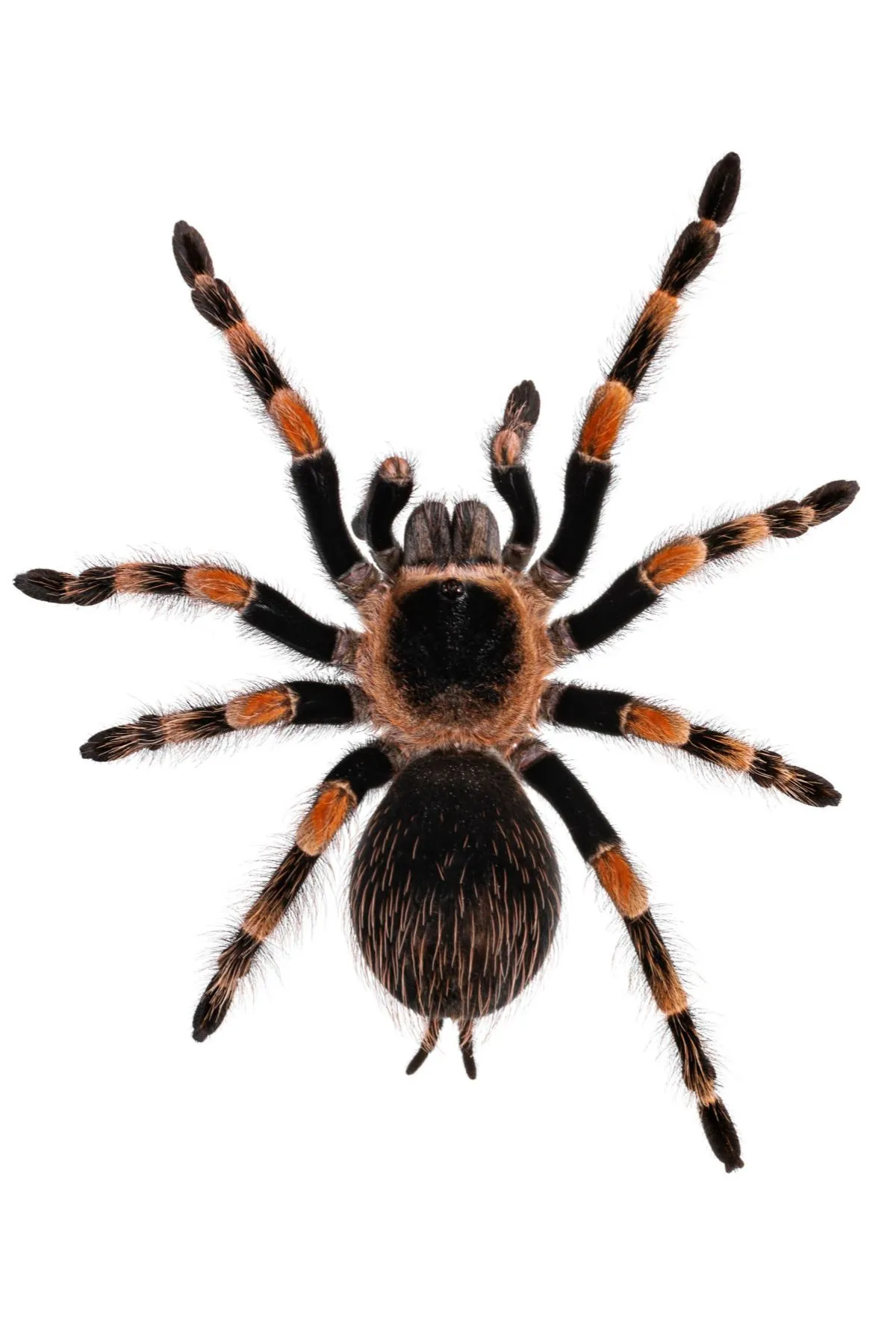
Making a decision requires considering the pros and cons of each species. Assessing these factors will help you determine which tarantula is the best match for your experience, lifestyle, and preferences. Weighing the advantages and disadvantages will enable you to make an informed choice.
Pros of Chilean Rose Tarantula
- Docile Temperament Good for beginners.
- Relatively Low Maintenance Simple care requirements.
- Long Lifespan Provides long-term companionship.
- Less Expensive Generally more affordable than Mexican Red Knees.
- Adaptable Tolerant of slight variations in care.
Cons of Chilean Rose Tarantula
- Less Colorful Less visually striking than the Mexican Red Knee.
- Can be Skittish May react quickly to sudden movements.
- Slow Growing Maturity takes time.
- Can Flick Hairs May defend themselves by flicking irritating hairs.
Pros of Mexican Red Knee Tarantula
- Striking Appearance Very visually appealing.
- Generally Docile Known for calm temperament.
- Long Lifespan Long-term commitment.
- Moderately Active Can be seen more frequently.
- Popular Choice Commonly found and well-studied.
Cons of Mexican Red Knee Tarantula
- Can be More Expensive Typically cost more than Chilean Roses.
- More Sensitive to Humidity Requires careful monitoring.
- May Flick Hairs Potential for defense through irritating hairs.
- Slightly Less Predictable Individual personalities may vary.
Conclusion Making Your Choice
Choosing between a Chilean Rose and a Mexican Red Knee Tarantula depends on individual preferences and experience. The Chilean Rose is an excellent choice for beginners. Its docility and simple care requirements make it a great starting point. The Mexican Red Knee offers a more vibrant appearance and remains a good choice for experienced keepers. Consider factors such as temperament, appearance, and care needs when making your final decision. Remember to research the specific needs of each species and be prepared to provide the appropriate environment. Whether you choose the Chilean Rose or the Mexican Red Knee, you’re sure to have a fascinating and rewarding experience with these amazing creatures.
